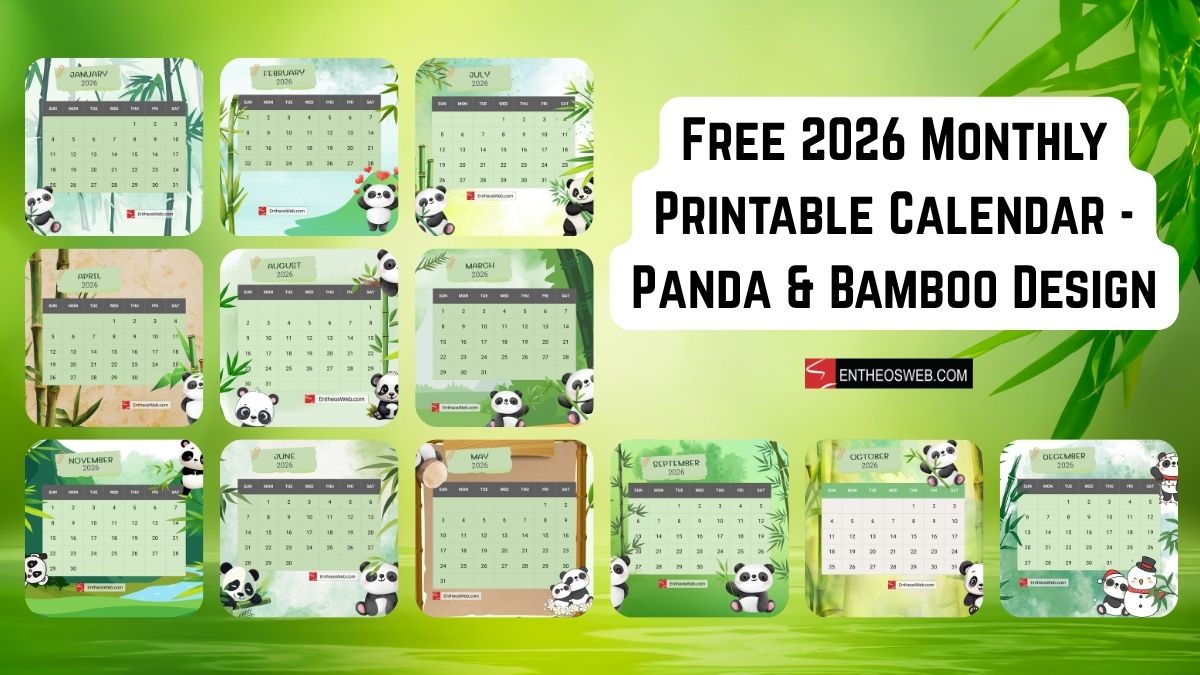
In the rapidly changing landscape of game art development, it’s vital to understand the difference between game art developers and game art designers. Both players are essential in the video gaming development process, but they deal with different approaches to creating visual output for compelling video games. Kevuru Games, a notable game art company, views the difference between these two roles as fundamental to the stage and modified to help improve efficiencies in production, and output of high quality. Let’s assess how these roles differ, and how they work together in modern game production.
In a game art studio, the game art designer creates the artistic style of the game, including designing characters, environments, objects, and the other visual components that the player will interact with in the game. Game art designers develop art focusing on the visual representation of game objects in terms of style, texture and color.
The game art developer’s role is less artistic and more technical. The game art developer takes the designs presented by the designers and converts them into usable assets in the game. The game art developer fits the art in the game engine for visualization in the game world. This includes optimizing the design and ensuring it will render performance, ensuring the object’s rigging and animation will perform as the designer intended, and that the object will work correctly as part of the larger game world.
In the development of game art, the interaction between designers and developers is essential. Designers produce the initial visual concepts for a piece of game art, which the developers see through to create in-game with the game engine. Developers ensure that visuals can be transformed into an interactive experience and can gracefully execute inside gameplay while maintaining intended functional and aesthetic qualities.
As an example, when a game art designer builds a 3D character model, the role of a game art developer adds an animation, and makes sure it properly traverses the game world without performance hiccups. Both designers and developers work closely together to deliver an engaging visual experience with fun usable parts.
Differentiating between a game art designer and a game art developer is important to ensure that game art production is efficient and high quality . Having a split between the artistic job (design) and the technical job (development) can increase the efficiency of game teams. The specialisation means that both the developer and designer can stay in their area of expertise so that the technical side of the process does not hinder the creative process and the reverse is also true.
In addition the clear split of duties creates more efficient workflows when outsourcing the game development. Companies like Kevuru Games will use this framework to deliver the maximum level of expertise in each role to ensure that game art is of the highest quality and also optimised for the end users experience.
A game art developer handles a number of technical jobs, which may include the following:
A game art designer’s overall role is to handle the creative and concept direction of the game, specifically in the following areas:
At Kevuru Games, a professional game art company, there is a distinction between the roles of a game art developer and a game art designer. This distinction is key to their process for production. The company builds an effective pipeline, where their designers may focus on the visual creativity and physical appearance of a game, and the developers focus on implementing the designers ideas.
This distinction allows Kevuru Games to maximize the creative process and the technical performance of the game, as both tasks are handled by people who are properly qualified for each task. The end product is guaranteed to be high quality art in a finished product that performs on multiple platforms.
By having a clear separation of responsibilities, you give structure to the game art production process. Team members can focus on their area of expertise, allowing them to work more efficiently, and produce a higher quality of content. In addition:
In 2025, the changes to gaming development tools and game animation technologies will continue to affect the roles of game art developers and designers. Advanced technologies have played a major role in how game assets are designed and the way they are created, optimized, and implemented into the game engine.
For instance, AI based tools can help game art designers develop more realistic or diverse textures for game assets, while game art developers can take advantage of the rapidly improved real-time rendering technologies to test how models and animations perform in the game engine. This continually evolving technology puts added pressure on developers and designers to remain relevant and informed on technologies.
Though a game art developer and a game art designer might appear similar at face value, each one offers a different approach to the creation of game art. This separation of jobs offers a clear distinction in workflow and higher quality in the game art studio. At many game art companies, including Kevuru Games, this distinction is part of the production pipeline, where the technical part is handled in one step, and the creative part is handled in a separate step. With the emergence of new technologies, and the relationship between game art developers and game art designers, game art companies will expand the limits of visual storytelling within video games.









